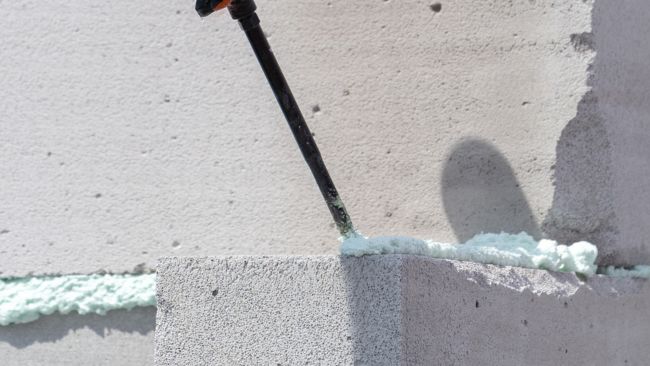Concrete lifting is a crucial process that can save you time and money when dealing with sunken or uneven concrete surfaces. Understanding how concrete lifting works is important, and having the right information can help you make an informed decision. In this quick guide to the concrete lifting process, we’ll answer some frequently asked questions about concrete lifting and offer our expert guidance.
Why Does Concrete Sink?
Concrete sinking is a common problem that occurs over time due to many factors. One of the main reasons is soil erosion beneath the concrete slab. As the soil erodes or settles, it creates voids or gaps beneath the concrete, causing it to sink or settle unevenly.
Sunken concrete can lead to tripping hazards, water pooling, and unsightly surfaces. Poor construction practices, inadequate compaction, and heavy loads can also contribute to concrete sinking. Fortunately, concrete lifting is a cost-effective way to address these issues.
How Does Concrete Lifting Work?
Concrete lifting is a process that involves raising sunken concrete slabs back to their original position. The technique is straightforward and involves the following steps:
- Drilling: The first step is strategically drilling small holes into the sunken concrete slab.
- Injecting: A specialized concrete lifting foam machine injects a polyurethane foam or grout mixture into the drilled holes.
- Lifting: As the foam or grout expands beneath the slab, it fills voids, stabilizes the soil, and lifts the concrete back to its proper level.
- Patching: After the lifting process, the holes are patched to leave behind a smooth, level surface.
What Are Some Common Places That Need Concrete Lifting?
If left untreated, sunken concrete can cause major structural damage and prevent you from enjoying your normal routines. Fortunately, concrete lifting is a versatile solution for many areas around your home. Here are the most common places that might need concrete lifting:
- Driveway: A sunken driveway is a major eyesore and safety hazard. Concrete lifting can quickly restore the driveway’s appearance and functionality.
- Sidewalk: Uneven sidewalks can lead to tripping hazards and liability issues. Concrete lifting can level them and reduce the risk of accidents.
- Patio: A sinking patio can disrupt outdoor activities and gatherings. Concrete lifting ensures a stable and even surface for your outdoor space.
- Pool deck: A sunken pool deck can lead to water drainage problems. Concrete lifting can rectify the issue and prevent water from pooling.
How Much Does Concrete Lifting Cost?
Concrete lifting is more economical than tearing out and replacing the entire concrete slab. The cost of your concrete leveling project will depend on several factors, including the size of the area, the extent of the sinking, and the type of foam or grout used.
On average, you can expect to pay between $3 and $8 per square foot for concrete lifting. Obtaining quotes from professional contractors is essential to get an accurate estimate.
We hope our quick guide to the concrete lifting process helps you appreciate the importance of this cost-effective solution. If you’re considering concrete lifting, you will need the right gear to complete the job. Spray Foam Systems has the equipment you need to achieve a successful and lasting repair.
Visit our website for a list of available spray foam products, including our state-of-the-art concrete lifting foam machine. Don’t let sinking concrete become a burden; choose concrete lifting for a quick and effective solution.







